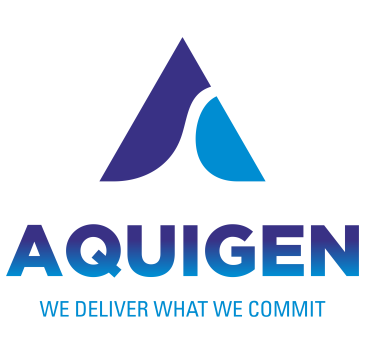
API Impurities
Understanding Impurities in Pharmaceuticals
An Impurity in ‘API/Drug Substance’ may refer to any unwanted chemical substances present in an active pharmaceutical ingredient (API) or drug substance that differs from its intended chemical composition. Impurities can vary from the drug substance in terms of their chemistry, molecular structure or chirality.
Impurities can be introduced into an active pharmaceutical ingredient (API) at different stages of the development and manufacturing process. Some potential sources of impurities include Synthetic/Manufacturing Processes, Degradations, Metabolism, Storage Conditions and Container/Excipient Contamination. Once formed, impurities can exist as volatile or non-volatile species, identified or unknown impurities that can be Organic or Inorganic.
“Identification and Quantification of impurities are necessary for regulatory approvals. FDA and EMA have set threshold limits for acceptable levels of impurities in drug substances.”
Sources of Impurities in Drug Substances

Sources of Impurities in Drug Substances
Organic Impurities
Organic impurities in active pharmaceutical ingredients can be either drug-related or process-related. They include identified specified impurities, unidentified specified impurities, and total unknown impurities.
Process-related impurities arise during chemical synthesis and manufacturing as residual unreacted materials or side reactions. Degradation-related impurities are generated when the active ingredient breaks down under certain storage conditions, such as oxidation or dehydration.
The active ingredient’s interaction with excipients, containers or residual impurities in solvents and reagents can also lead to degradation-related impurities. Even with washing and purification steps, residual unreacted materials from the synthesis process may remain as potential process-related impurities unless manufacturing is carefully controlled.

Metabolites
Metabolites are Intermediate end products formed when the body breaks down substances through metabolism. Drug metabolites specifically refer to byproducts resulting from the body's breakdown and processing of drugs into different forms.
Inorganic Impurities
Impurities introduced during manufacturing processes used to make bulk drugs can be Inorganic. Environmental factors like input materials and storage conditions may also contribute to Inorganic Impurities. Typically identified are remnants of reagents, ligands, and catalysts used in manufacturing. Manufacturers must remove any residues from these reagents and catalysts to avoid potential safety issues, as some chemical processes involve risks of inadvertently retaining such Inorganic manufacturing aids in the final medications.
Solvents
Residual solvents are organic volatile chemicals that are generated during the production or manufacturing process. Residual toxic solvents should be avoided in bulk drug production to ensure patient safety. Strict controls prevent hazardous solvents from remaining in final medications.
Heavy Metals
Heavy Metals contaminants can enter drug manufacturing from water used in processes and from stainless steel reactors during acidification or acid hydrolysis. Sources like tap water and unlined vessels risk introducing heavy metals into drugs. Carefully using demineralized water and glass-lined reactors prevents heavy metals contamination during synthesis.
Other Materials (Filter Aids, Charcoal, etc)
Materials like Filter Aids, Charcoal and Centrifugation sacks are commonly used in bulk drug manufacturing but require monitoring to prevent contamination. Fragments from filters or carbon particles could be introduced during processing if not tightly controlled. Careful inspection of bulk drugs is important to catch and remove any fibers or black particles to avoid contamination.
FAQs About API Impurities
What are the different sources of Impurities in Drug Products?
Impurities in pharmaceutical drug products can come from the drug substance’s degradation or may be formed during various stages such as processing, formulation, and storage, involving factors like excipients used and processing-related degradation, etc.
Importance of Testing Impurities
The presence of impurities beyond acceptable criteria could impact the identity, quality, safety and efficacy of active pharmaceutical ingredients and drug products. Impurities may also accelerate active ingredient degradation and negatively impact stability posing serious concerns. Therefore, thorough qualitative and quantitative impurity analysis is essential. Identifying and measuring impurity levels (Impurity Profiling) represent critical quality attributes carefully reviewed by regulators. Pharmacopeias and ICH provide specified impurity limits and thresholds that products must meet prior to human use. Adherence to these impurity specification guidelines through analytical testing is mandatory to ensure appropriate product release for consumption.
Why is Aquigen Bio a top choice for Impurity Supply?
Aquigen Bio is the most reliable impurity standard supplier in India. Our exclusive Aquigen Bio catalogue showcases wide range of products, with more than 10000 impurities in inventory. We provide extended portfolio of impurity reference standards including the process related, degradation, peptide, and metabolite impurities. Choose Aquigen Bio and get a customized quote!

